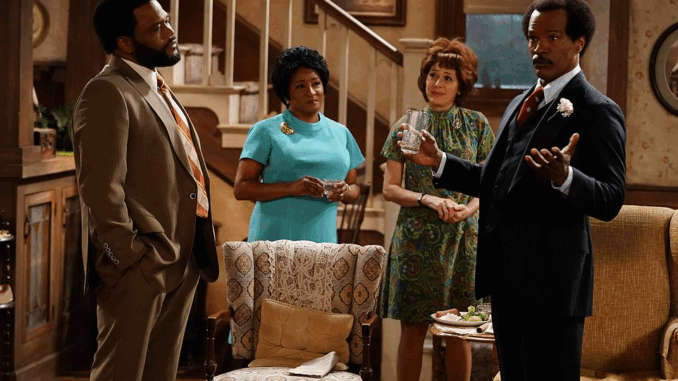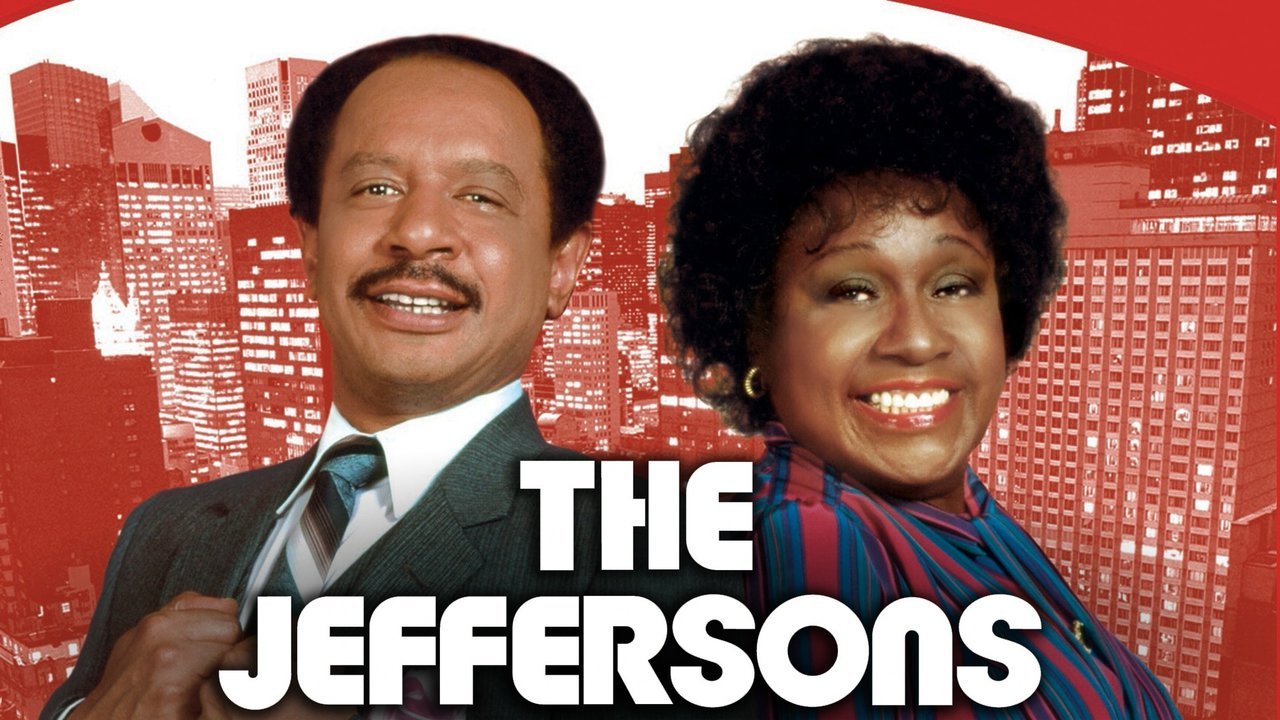
To millions of viewers, George Jefferson was the loud, proud, and unstoppable force climbing his way up the American Dream. But behind the smirk, the quick wit, and the unforgettable strut was a story far more layered than most fans ever knew.
Sherman Hemsley, who brought George to life with unmatched energy, wasn’t always the confident, take-no-prisoners figure we saw on screen. In fact, off-set, Hemsley was a reclusive man who shied away from public attention. Unlike his brash character, he often preferred quiet evenings, gospel music, and meditation. Co-stars would sometimes describe him as mysterious—funny, generous, but never quite letting anyone in all the way.
The irony? The boldness that made George Jefferson a household name was part of what Hemsley had once struggled with in real life. And yet, he pulled it off so flawlessly, audiences believed he was George. But that swagger had to be switched on like a light every time the cameras rolled.
Then there’s the behind-the-scenes tension. Isabel Sanford, who played Louise “Weezy” Jefferson, adored working with Hemsley, but not everything was smooth sailing. The pressure of holding one of the few Black-led sitcoms on television weighed heavily on everyone. Expectations were high. Writers often argued over whether the show should push further into politics or keep it lighthearted. Sometimes, Sherman himself disagreed with the scripts, fearing that the comedy risked turning George into a caricature.

Even the iconic theme song, “Movin’ On Up,” almost didn’t happen. Originally, the producers had considered a slower, gospel-style tune. But something about the upbeat soul version by Ja’Net DuBois (who also starred in Good Times) just clicked. Little did they know it would become one of the most recognizable theme songs in television history.
Through all the fame and friction, one thing remained consistent: the show’s fearless exploration of race, class, and identity. It dared to put a successful Black family in a luxury apartment in Manhattan—and made America watch.
Today, The Jeffersons is remembered as trailblazing, but it came with emotional costs and backstage pressures rarely talked about. And perhaps that’s what makes the story even more powerful: it was real people, with real struggles, pretending to be larger-than-life—just so viewers could believe in something better.
